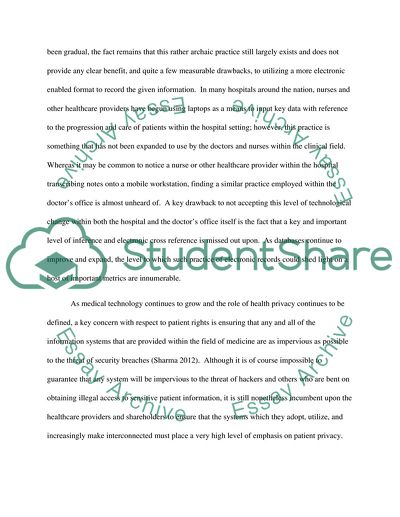Cite this document
(“Technology in Health Care Information Systems Term Paper”, n.d.)
Technology in Health Care Information Systems Term Paper. Retrieved from https://studentshare.org/technology/1613580-technology-in-health-care-information-systems
Technology in Health Care Information Systems Term Paper. Retrieved from https://studentshare.org/technology/1613580-technology-in-health-care-information-systems
(Technology in Health Care Information Systems Term Paper)
Technology in Health Care Information Systems Term Paper. https://studentshare.org/technology/1613580-technology-in-health-care-information-systems.
Technology in Health Care Information Systems Term Paper. https://studentshare.org/technology/1613580-technology-in-health-care-information-systems.
“Technology in Health Care Information Systems Term Paper”, n.d. https://studentshare.org/technology/1613580-technology-in-health-care-information-systems.


